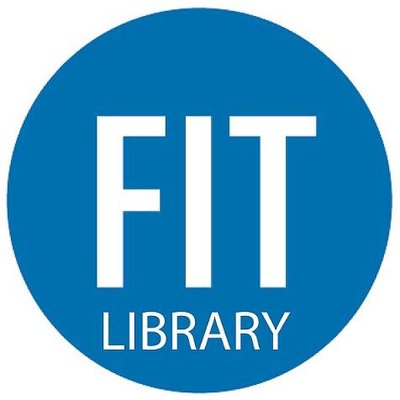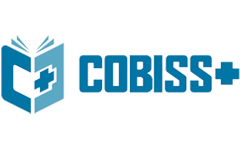Utilization of Palm oil Plant as a Creative Business in Supporting the Economy: Making Food Plate
DOI:
https://doi.org/10.61841/w2qe1272Keywords:
Utilization Of Palm Oil Plant, Creative Business, Supporting The EconomyAbstract
The research was conducted with the aim of providing direct insight into the community related to the use of oil palm frond waste as a productive product that has a sale value. The research to be carried out is a descriptive study that illustrates the process and results of the utilization of palm oil waste. The research was carried out by means of simulations of making products and continued to design independently. The method of conducting the research consisted of: (1) field survey; (3) coordination with the village; (4) socialization; (5) simulation; and (6) dissemination of the community response questionnaire. Data collection tools consisted of interview sheets and community response questionnaire sheets. The results showed an increase in public knowledge after being given training in plate making; this result was from holding a plate-making training in the form of plates made from palm fronds.
Downloads
References
1. Adi Putranto S.P. 2015. Kaya Dengan Bertani Kelapa Sawit (Seri Pertanian Modern)
2. Alma. 2011. Manajemen Pemasaran dan Pemasaran Jasa. Bandung : Penerbit Alfabeta.
3. Buchari Alma. 2011. Manajemen Pemasaran dan Pemasaran Jasa. Bandung : Penerbit Alfabeta. Hermawan Kartajaya. 2010.
4. Batubara, L. P. 2002. Potensi Biologis Daun Kelapa Sawit sebagai Pakan Basal dalam Ransum Sapi Potong.Prosiding Seminar Nasional Teknologi Peternakan.Pusat Penelitian dan Pengembangan Peternakan. Badan Penelitian dan Pengembangan Pertanian. Departemen Pertanian. Jakarta
5. Fandy Tjiptono, 2002, Manajemen Jasa, Penerbit Andi Yogyakarta. Majalah Info Bisnis, Edisi maret, Tahun VI – 2002
6. Gardjito, R. et M. Rauf. 2009. Perencanaan Pangan Menuju Ketahanan Pangan dan Gizi serta Kedaulatan Pangan.
7. Gardjito, M., R. Rauf, H. K. Hendrasty, R. Salfarino, R. Septiani, M. Kurniasari, Amaliah, Y. R. Swasti, R. Nurhayati, and A. Fajariyah. (2009). Pengelolaan Pangan dan Gizi. Pusat Kajian Makanan Tradisional Universitas Gadjah Mada. Yogyakarta.
8. Mulyasa. 2008. Kurikulum Tingkat Satuan Pendidikan. Bandung : Remaja Rosdakarya.
9. Pahan, L. 2008. Panduan Lengkap Kelapa Sawit : Manajemen Agribisnis dari Hulu hingga Hilir. Penebar Swadaya.
10. Toha, M. 2008. Metode penelitian. Yogyakarta : Media Pressindo
11. Phillip Kotler, 2002, Manajemen Pemasaran : Analisis, Perencanaan, Implementasi dan Kontrol, Jilid I, Jakarta, Penerbit PT Prenhallindo
12. Philip Kotler, 2002, Manajemen Pemasaran : Analisis, Perencanaan, Implementasi dan Kontrol, Jilid II, Jakarta, Penerbit PT Prenhallindo
13. Fandy Tjiptono, Manajemen Jasa, Yogyakarta : Andi Offset, 1996
14. Umar, Hussein, 2002, Méthode Riset Bisnis, Jakarta, Penerbit PT Gramedia Pustaka Utama.Freddy Rangkuti, Measuring Customer Satisfaction, PT Gramedia Pustaka Utama, Jakarta 2003
Downloads
Published
Issue
Section
License
Copyright (c) 2020 AUTHOR

This work is licensed under a Creative Commons Attribution 4.0 International License.
You are free to:
- Share — copy and redistribute the material in any medium or format for any purpose, even commercially.
- Adapt — remix, transform, and build upon the material for any purpose, even commercially.
- The licensor cannot revoke these freedoms as long as you follow the license terms.
Under the following terms:
- Attribution — You must give appropriate credit , provide a link to the license, and indicate if changes were made . You may do so in any reasonable manner, but not in any way that suggests the licensor endorses you or your use.
- No additional restrictions — You may not apply legal terms or technological measures that legally restrict others from doing anything the license permits.
Notices:
You do not have to comply with the license for elements of the material in the public domain or where your use is permitted by an applicable exception or limitation .
No warranties are given. The license may not give you all of the permissions necessary for your intended use. For example, other rights such as publicity, privacy, or moral rights may limit how you use the material.
















